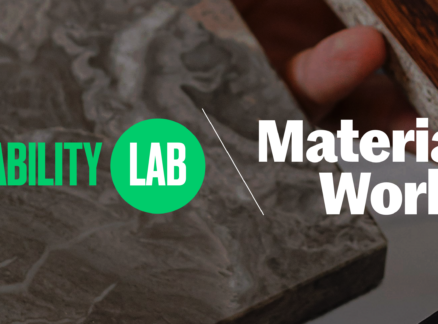January 1, 2010
What’s Next: Workplace
Baby boomers are marching into their sixties and seventies; and soon—faster than you can say “Fiber One”—we’ll have the oldest workforce in the history of work. What does that mean for workplace design? “Companies will want older people because they’ve got knowledge and experience, so there is going to be a big emphasis on creating […]
Baby boomers are marching into their sixties and seventies; and soon—faster than you can say “Fiber One”—we’ll have the oldest workforce in the history of work. What does that mean for workplace design? “Companies will want older people because they’ve got knowledge and experience, so there is going to be a big emphasis on creating the right settings for them,” says Jeremy Myerson, director of the Helen Hamlyn Centre at the Royal College of Art, which is currently engaged in research on work environments for older employees. These spaces favor concentration over messy collaboration, and relaxation over hypercaffeination, and might feature advanced telecom that eliminates the need for business trips halfway around the world. He says the best of these innovations will redound to the benefit of any working stiff, whether age 75 or 25.
ONE year:
COMBATING NOISE
“The number-one bugbear for older workers is noise. People think that knowledge, work, innovation, and creativity are all about brainstorming and teamwork. They are to a point, but, actually, the majority of people’s work has to do with solo, private concentration. So I would expect to see innovations like sound-transformation technologies. We have been experimenting with a few in London where you have a sound system and some speakers that are listening to ambient sound around you and changing it. It will take horrible background noise in the office—people shouting, scraping chairs—and turn it into chorale or whale music.” —J.M.
FIVE years:
REST SPACES
“There are going to be proper break spaces that allow employees to rest, recuperate, and even go to sleep during the workday. That will help a lot of older workers restore themselves. These spaces will not be in the open plan. They will be shielded from surveillance, be quiet, and use a lot of fabrics. They may have water features and furniture that is more akin to home furniture, like sofas that fold down into daybeds.” —J.M.
TEN years:
COLLABORATIVE THEATER
“We will see a totally new type of collaborative theater. At the moment, collaboration is in the dark ages. People go into meetings, they sit all around a horrible piece of plastic, and have a conference call. Even teleconferencing is pretty much static. One could imagine a future when this is totally seamless, in which people come together in a digital environment and do a proper workshop, with the distinction between those who are present and those who are virtually present done away with.” —J.M.
What’s Next: The 1-5-10 Issue
Preservation
Hospitality
Infrastructure
Materials
Public Health
Health Care
Transportation
Workplace
Lighting
Urban Planning
Design Education
Green Building
Energy
Landscape Architecture
Retail





